Artificial-intelligence tools that enable companies to share data about drug candidates while keeping sensitive information safe can unleash the potential of machine learning and cutting-edge lab techniques, for the common good.
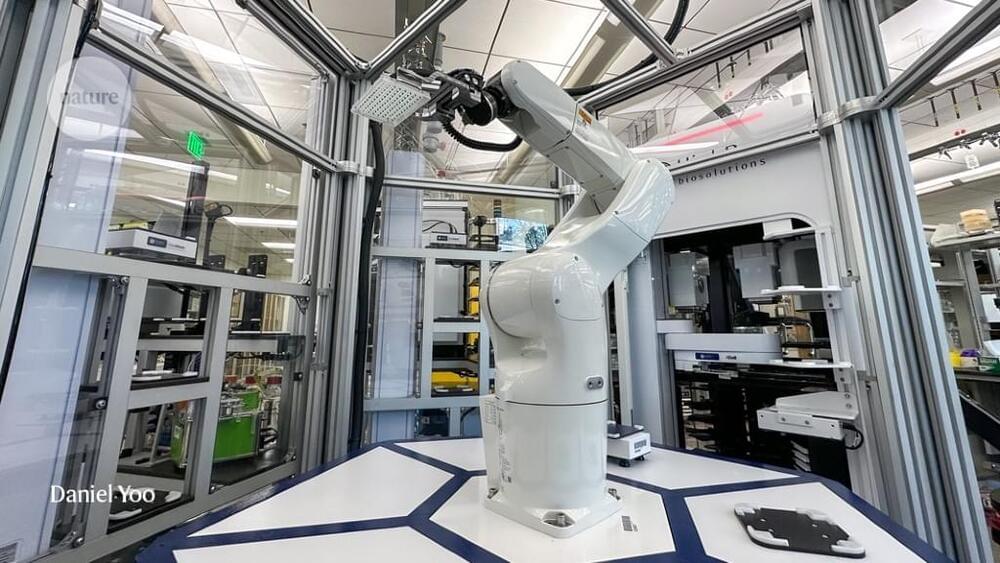

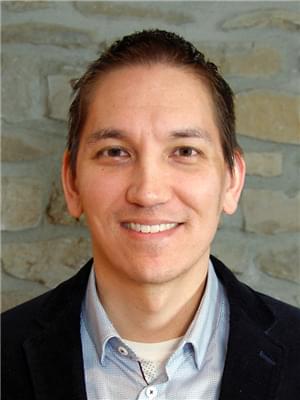
A collaboration between researchers at the University of Illinois Urbana-Champaign and Duke University has developed a robotic eye examination system, and the National Institutes of Health has awarded the researchers $1.2 million to expand and refine the system.
The researchers have developed a robotic system that automatically positions examination sensors to scan human eyes. It currently uses an optical scan technique which can operate from a reasonably safe distance from the eye, and now the researchers are working to add more features that will help it perform most steps of a standard eye exam. These features will require the system to operate in closer proximity to the eye.
“Instead of having to spend time in a doctor’s office going through the manual steps of routine examinations, a robotic system can do this automatically,” said Kris Hauser, a U. of I. computer science professor and the study’s principal investigator. “This would mean faster and more widespread screening leading to better health outcomes for more people. But to achieve this, we need to develop safer and more reliable controls, and this award allows us to do just that.”
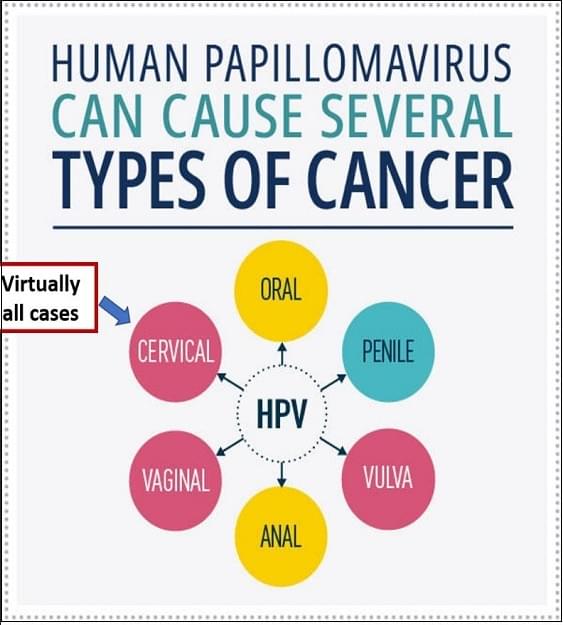
In a promising advance in its fight against cervical cancer, India recently launched its first locally produced version of the human papillomavirus (HPV) vaccine “Cervavac”. Currently, India lacks a national immunization program for carcinoma cervix eradication. Inclusion of Cervavac into the national immunization schedule will undoubtedly boost the fight against cervical cancer.
HPV is a group of more than 200 related viruses, sexually transmitted HPV types fall into two groups, low risk and high risk. High-risk HPVs can cause several types of cancer. HPV infection is common. Nearly all sexually active people are infected with HPV within months to a few years of becoming sexually active. Most HPV infections don’t cause cancer. Our immune system usually clears most of HPV infections. Only about 1% of High-risk HPV infections that persist can cause cancer. Human papillomavirus (HPV) infection is a well-established cause of cervical cancer and there is growing evidence of HPV being an important factor in other anogenital cancers (anus, vulva, vagina, and penis) as well as head and neck cancers.
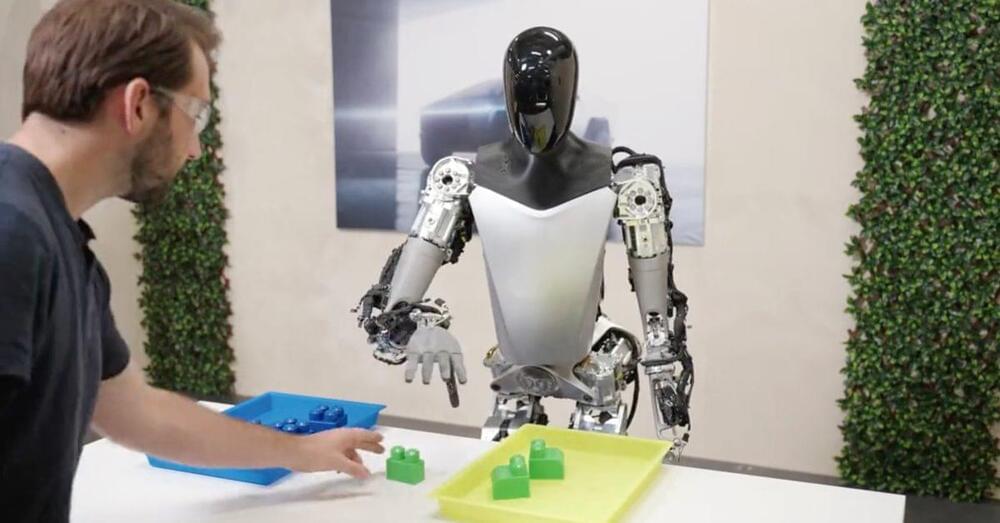
Tesla has released an update with progress on its Optimus humanoid robot with a video that almost looks like CGI.
Optimus, also known as Tesla Bot, has not been taken seriously by many outside of the more hardcore Tesla fans, and for good reasons.
When it was first announced, it seemed to be a half-baked idea from CEO Elon Musk with a dancer disguised as a robot for visual aid. It also didn’t help that the demo at Tesla AI Day last year was less than impressive.
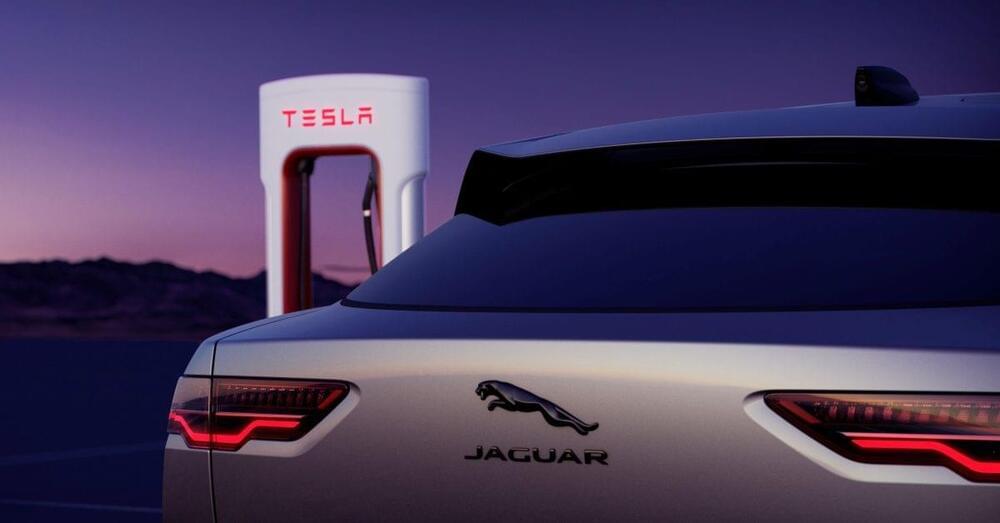
Jaguar announced that it has signed a deal with Tesla to get access to the Supercharger network. The British automaker also agreed to adopt the Tesla-designed NACS connector in North America.
The NACS domino effect has been in full force for the past few months.
After Ford and GM announced that they will be adopting Tesla’s newly opened and renamed connector standard, NACS, other automakers have been rushing to make deals with Tesla to access the Supercharger network as part of a transition to the new connector.
Teslas full-self driving Version 12 has just shocked the World. Elon Musk live-streamed it’s capabilities for the first time, and detailed how it now operates compared to previous versions of Teslas FSD. This really is a mind-blowing moment for Tesla, Tesla owners, and the future of Autonomous Cars.
#tesla.
#fullselfdriving.
#teslafsd.
#robotaxi.
#robotaxis.
#elonmusk.
#artificialintelligence.
#ai.
#autonomy.
#autonomouscar.
#autonomousvehicles.
#electriccars.
#tsla.
#evs.
#electricvehicles.
#teslanews.
#model3
#modely.
#teslaelectriccar.
#waymo.
I’m Will, this is the Tesla Jigsaw. Thanks for your support!
Links.
Tesla Referral Code (Buying a Tesla or a Powerwall? Use my referral link to get freebees!) https://www.tesla.com/en_gb/referral/will63799.
Octopus Energy Referral Code (Switch to Octopus Energy with my link and get £50!)
https://share.octopus.energy/ashen-birch-998
Credits.
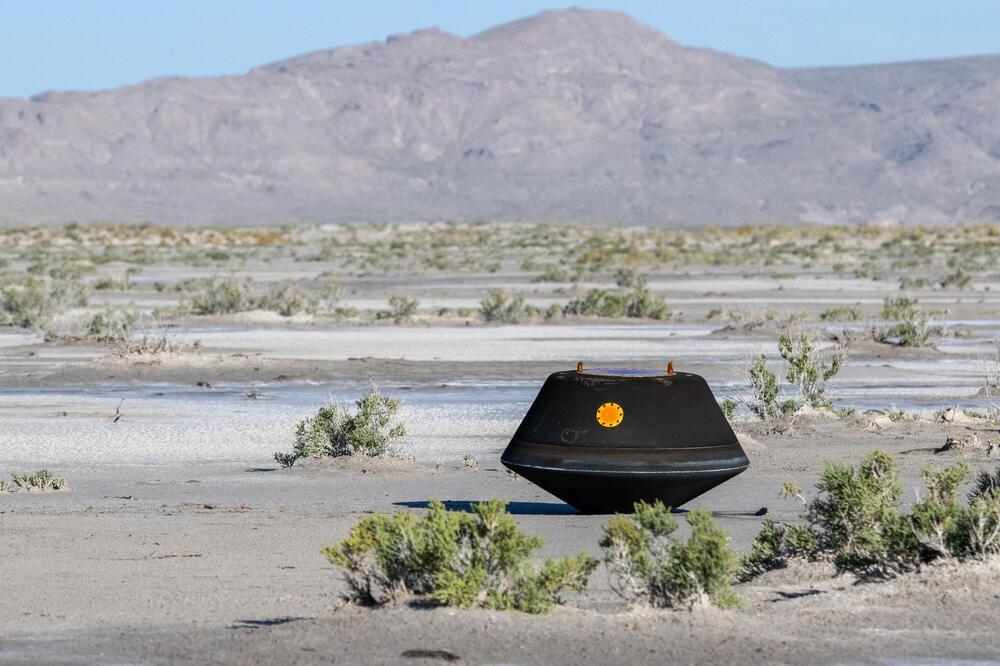
After years of anticipation and hard work by NASA’s OSIRIS-REx (Origins, Spectral Interpretation, Resource Identification and Security – Regolith Explorer) team, a capsule of rocks and dust collected from asteroid Bennu finally is on Earth. It landed at 8:52 a.m. MDT (10:52 a.m. EDT) on Sunday, in a targeted area of the Department of Defense’s Utah Test and Training Range near Salt Lake City.
Within an hour and a half, the capsule was transported by helicopter to a temporary clean room set up in a hangar on the training range, where it now is connected to a continuous flow of nitrogen.
Getting the sample under a “nitrogen purge,” as scientists call it, was one of the OSIRIS-REx team’s most critical tasks today. Nitrogen is a gas that doesn’t interact with most other chemicals, and a continuous flow of it into the sample container inside the capsule will keep out earthly contaminants to leave the sample pure for scientific analyses.
Go to https://brilliant.org/IsaacArthur/ to get a 30-day free trial + the first 200 people will get 20% off their annual subscription.
The cosmos seem silent and empty of any great interstellar empires, but perhaps they once existed, and if so, what titanic ruins might they have left behind?
Visit our Website: http://www.isaacarthur.net.
Watch ad-free on Nebula: https://nebula.tv/videos/isaacarthur-cyborg-armies.
Support us on Patreon: https://www.patreon.com/IsaacArthur.
Support us on Subscribestar: https://www.subscribestar.com/isaac-arthur.
Facebook Group: https://www.facebook.com/groups/1583992725237264/
Reddit: https://www.reddit.com/r/IsaacArthur/
Twitter: https://twitter.com/Isaac_A_Arthur on Twitter and RT our future content.
SFIA Discord Server: https://discord.gg/53GAShE
Credits:
The Fermi Paradox: Fallen Empires.
Episode 412a, September 17, 2023
Produced, Written & Narrated by:
Isaac Arthur.
Editors:
Jerry Guern.
Konstantin Sokerin.
David McFarlane.
Graphics by:
Darth Biomech.
Fishy Tree.
Jeremy Jozwik.
Ken York YD Visual.
LegionTech Studios.
Udo Schroeter.
Music Courtesy of:
In this episode, we explore how a triple-lens supernova observed by the James Webb Space Telescope could help solve the mystery of the Hubble tension, which is the discrepancy between different measurements of the expansion rate of the Universe. We also learn about the details of the supernova and the galaxy cluster that caused the gravitational lensing effect, and how JWST and other telescopes can use this supernova to test various cosmological models and parameters.
Paper Link:
https://arxiv.org/abs/2309.
Chapters:
00:00 Introduction.
01:10 How JWST Discovered a Rare and Triple-Lens Supernova.
04:13 How H0pe Can Measure the Expansion Rate in a New Way.
09:00 How hOpe can test various cosmological models.
11:26 Outro.
12:24 Enjoy.
Best Telescopes for beginners:
Celestron 70mm Travel Scope.
https://amzn.to/3jBi3yY
Celestron 114LCM Computerized Newtonian Telescope.
https://amzn.to/3VzNUgU
Celestron – StarSense Explorer LT 80AZ
